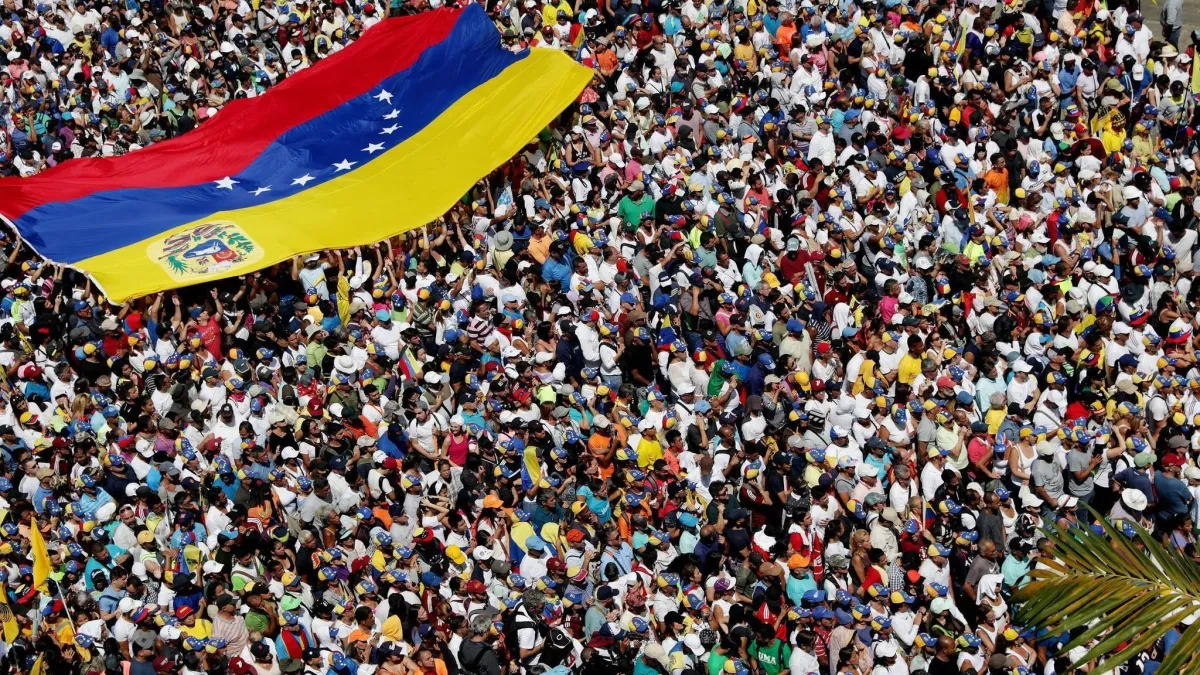
Think about the biggest New Year’s Eve celebrations around the world, when thousands of people gather together to ring in the New Year. None of these huge gatherings come close to the number of people who participate in the annual pilgrimage that millions of Muslims make to Mecca, Saudi Arabia. People from all over of the world make Hajj every year, travelling to the most sacred site in Islam, the Ka’aba in the Grand Mosque. Around 2 million pilgrims arrived in Saudi Arabia to perform Hajj last year — that’s double the number of people estimated to attend New Year’s Eve celebrations in Times Square, New York City. As the fifth pillar of Islam, Hajj must be made at least once of the life of every Muslim, as long as they are able to do so.
Spanning a total of 356,800 square metres (88.2 acres), each of the three floors of the Grand Mosque can hold 750,000 people. Pilgrims perform a tawaf, which involves circling the Ka’aba 7 times counterclockwise. Pilgrims also perform sa’i, during which they must run or walk between the two small mountains of Safa and Marwah 7 times (just over 3 km total, or 1.86 miles).
This year, Hajj is anticipated to take place from October 24 to October 29. As one of the largest gatherings of people in the world, the Hajj involves certain unique challenges to health and safety.
The Ministry of Hajj in Saudi Arabia makes extensive efforts to ensure the health and safety of pilgrims. Much research is focused on improving the flow of the crowd and preventing the spread of disease, and modifications are continually being made to improve the health and safety of pilgrims. For example, the Grand Mosque now has air-conditioned tunnels, with separate sections for walkers, runners and disabled pilgrims, and the Ministry of Hajj also provides free hospital care for pilgrims in need of medical assistance.
Many different people from many different countries crowded in one area can lead to the spread of diseases, which pilgrims can then take back to their home country and spread around. The Government of Saudi Arabia publishes a list of required vaccinations for the Hajjj. Visit your physician at least 6–8 weeks prior to ensure vaccinations are given on time.

Stampedes have occurred at Hajj events in the past, leading to injuries and deaths of hundreds of pilgrims. While the government of Saudi Arabia has billions of dollars to improve the flow of crowds during Hajj, it’s not a bad idea to take some extra precautions.